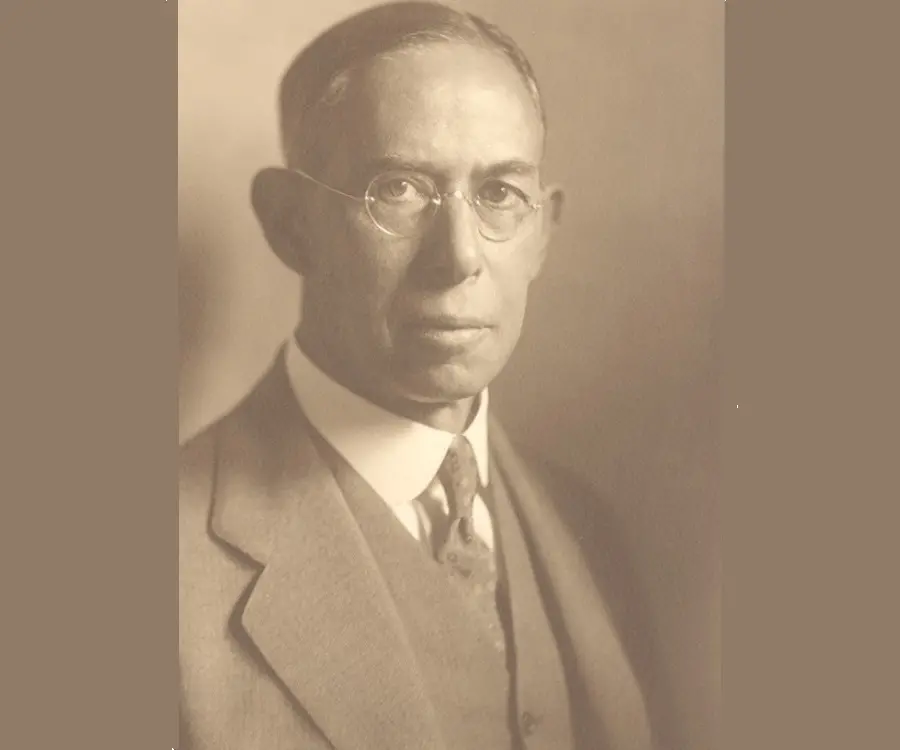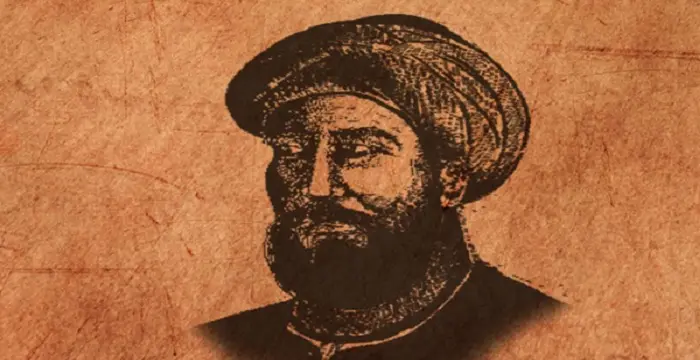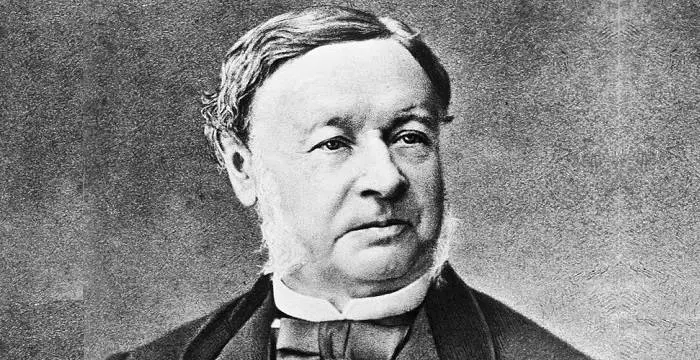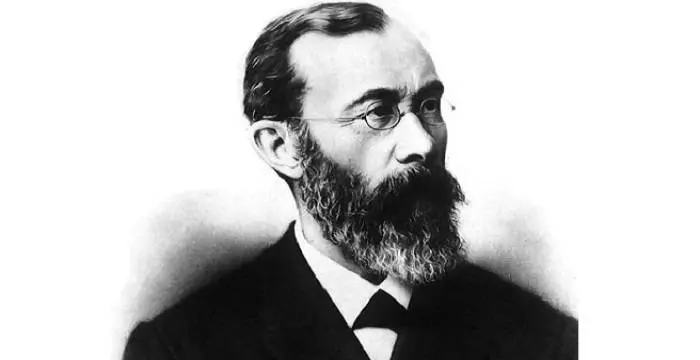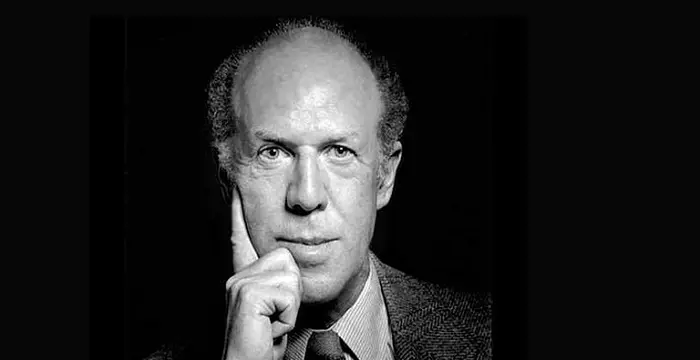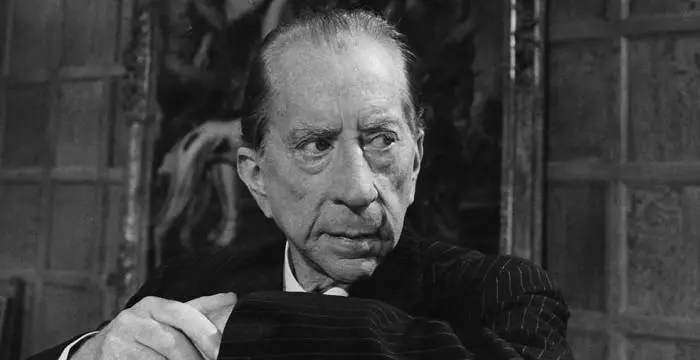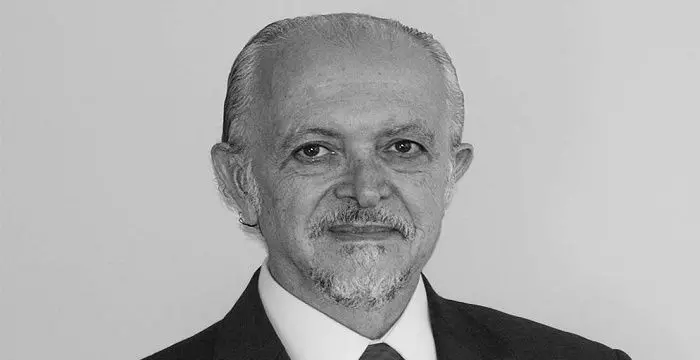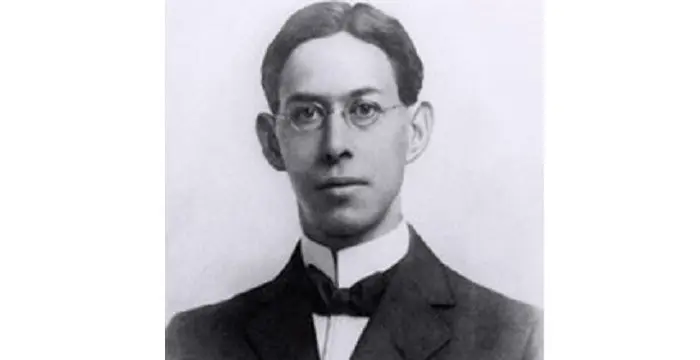
Joseph Erlanger - Physicians, Birthday and Family
Joseph Erlanger's Personal Details
Joseph Erlanger was a renowned American physiologist who won the Nobel Prize in Medicine in 1994
| Information | Detail |
|---|---|
| Birthday | January 5, 1874 |
| Died on | December 5, 1965 |
| Nationality | American |
| Famous | University Of California, Berkeley, Physicians, Neurologists, Physiologists |
| Universities |
|
| Notable Alumnis |
|
| Birth Place | San Francisco |
| Gender | Male |
| Sun Sign | Capricorn |
| Born in | San Francisco |
| Famous as | Physiologist |
| Died at Age | 91 |
// Famous Neurologists
Roger Bannister
Roger Bannister is an English doctor, academic and a former athlete. Check out this biography to get detailed information on his childhood, life, career, achievements and timeline.
Ben Carson
Ben Carson is the first neurosurgeon to have successfully separated conjoined twins joined at the head. This biography of Ben Carson provides detailed information about his childhood, life, achievements, works & timeline.
Roberta Bondar
Roberta Bondar or Roberta Lynn Bondar is the first Canadian woman to travel into space. This biography of Roberta Bondar provides detailed information about her childhood, life, career, achievements and timeline.
Joseph Erlanger's photo
Who is Joseph Erlanger?
Joseph Erlanger was a renowned American physiologist who conducted extensive studies in the field of neuroscience. His most important works include the discovery of a variety of nerve fiber, the determination of the relation between a nerve fiber diameter and action potential velocity and the development of the modified Western Electric Oscilloscope as well as an adapted version of the sphygmomanometer. After completing his graduation in Chemistry, he went on to pursue studies in medicine and completed his M.D degree from John Hopkins University in 1899. Though initially, he focused on cardiology, later he shifted his area of study to neuroscience and conducted several notable studies in the field. He began his career at the John Hopkins University and later shifted to the University of Wisconsin in 1906. Here he began his association with Herbert Spencer Gasser which lasted until 1931 and as a result of their partnership several critical inventions and discoveries were made in the field of neuroscience. They were jointly presented with the Nobel Prize in Medicine in 1944 for ‘their discoveries relating to the highly differentiated functions of single nerve fibers’.
// Famous Physicians
Al-Zahrawi
Al-Zahrawi, was an illustrious medieval Arab Muslim physician and surgeon. Check out this biography to know about his childhood, family life, achievements and interesting facts about him.
Jabir Ibn Hayyan
Jabir Ibn Hayyan was a medieval era polymath. Check out this biography to know about his life, works and achievements.
Maria Montessori
Maria Montessori was a physician and educator who developed the approach of Montessori education. This biography of Maria Montessori provides detailed information about her childhood, life, achievements, works & timeline.
Childhood & Early Life
Joseph Erlanger was born on 5 January 1874 at San Francisco, California. He was the sixth child of Herman and Sarah Erlanger who were Jewish immigrants from the Kingdom of Württemberg in Germany.
In 1892, he completed his school education from the Lowell High School in San Francisco. In 1895, he completed his Bachelor of Science degree in Chemistry from the University of California in Berkley.
He subsequently enrolled at the Johns Hopkins University, Baltimore to pursue studies in medicine and attained his M. D degree in 1899.
Career
Upon completing his graduation, Joseph Erlanger went on to continue his internship at the John Hopkins hospital for a year after which he was appointed at the medical school there.
He worked at the Department of Physiology and began his career as an assistant. He later took up the post of Instructor and used to deliver lectures on topics related to metabolism and digestion as part of his work.
In 1901, he published a paper on the digestive system of canines. This work caught the attention of physiology professor William H Howells, who recruiter Joseph Erlanger as an Assistant Professor. He was later promoted as Associate Professor.
In 1906, he joined the Medical school associated with the University of Wisconsin as the first Professor of Physiology. Among his students was Herbert Spencer Gasser who went on to become a noted physiologist and collaborated with Joseph Erlanger for several research and study purposes.
A few years later, in 1910, he joined as the Professor of Physiology at the Medical School of Washington University in St. Louis. Here he received more support and funding for his research projects.
In 1922, Joseph Erlanger along with Herbert Spencer Gasser developed a modified Western Electric cathode ray Oscilloscope that functioned in low voltage. This assisted in their study of nerve action potentials in two phases. Prior to this invention, there was only a device named electroencephalograph that measured neural activity that too in cases of large electrical activity.
With the cathode ray Oscilloscope, they identified different types of neurons and its forms along with their individual capability for excitability. Their studies proved that the velocity of action potential is directly proportional to the diameter of a nerve fiber.
In 1931, with Herbert Spencer Gasser joining the Cornell University, their long term partnership came to an end. His other research works include the study of metabolism of dogs with shortened intestines and studies related to shock and functioning of the arteries while producing sound.
In 1937, he authored a book titled ‘Electrical Signs of Nervous Activity’. Throughout his career he conducted research in a range of topics. However, he focused upon the physiology of the circulatory system and electrophysiology. Initially, his area of interest was cardiology, specifically the working of the atrium and ventricle. He also designed and patented a model of Sphygmomanometer that enabled the measurement of blood pressure from the brachial artery.
As a result of his research, he also developed a clamp with which the auriculo-ventricular bundle of the heart in mammals could be reversibly blocked. The device aided his studies in identifying issues associated with the functioning of the bundle.
In 1946, he retired while serving as Chairman of the Medical School at the Washington University. After his retirement he was designated as a Professor emeritus at the school.
Major Works
Joseph Erlanger was a noted physiologist whose primary focus in research was neuroscience. His inventions of devices like the adapted cathode ray oscilloscope, and modified sphygmomanometer were considered a breakthrough. He along with counterpart physiologist H.S.Gasser conducted studies that led to the discovery of the various types and forms of neurons and the measurement of their action potential in different stages.
Awards & Achievements
He was the recipient of the Nobel Prize in Physiology or Medicine in 1944 along with physiologist Herbert Spencer Gasser.
He was the recipient of honorary degrees from several prestigious universities like the University of Pennsylvania, University of California, University of Michigan, and University of Wisconsin.
Personal Life & Legacy
He married Aimée Hirstel in 1906 and the couple had three children - Margaret (born in 1908), Ruth Josephine (born in 1910) and Herman (born in 1912). His wife Aimée Hirstel as well as his son Herman died in the year 1959.
Joseph Erlanger died of heart disease on 5 December 1965, at the age of 91, at St. Louis, Missouri.
On 8 December 1976, the Joseph Erlanger House at St. Louis was designated as National Historical Landmark in appreciation of his efforts and achievements.
Trivia
In 2009, a crater on the moon was named after him by the International Astronomical Union.
// Famous Physiologists
Theodor Schwann
Theodor Schwann was a German physiologist who discovered the Schwann cells in the peripheral nervous system. This biography of Theodor Schwann provides detailed information about his childhood, life, achievements, works & timeline.
Wilhelm Wundt
Wilhelm Wundt was a renowned doctor who conducted pioneering studies on experimental psychology. To know more about his childhood, career, profile and timeline read on
Charles Best
Charles Best was a great scientist and a renowned physiologist who is remembered for being the co-discoverer of insulin. Read this biography to learn about his profile, childhood, life and timeline.
Joseph Erlanger's awards
| Year | Name | Award |
|---|---|---|
Other | ||
| 0 | Nobel Prize in Physiology or Medicine | |
Joseph Erlanger biography timelines
- // 5th Jan 1874Joseph Erlanger was born on 5 January 1874 at San Francisco, California. He was the sixth child of Herman and Sarah Erlanger who were Jewish immigrants from the Kingdom of Württemberg in Germany.
- // 1892 To 1895In 1892, he completed his school education from the Lowell High School in San Francisco. In 1895, he completed his Bachelor of Science degree in Chemistry from the University of California in Berkley.
- // 1899He subsequently enrolled at the Johns Hopkins University, Baltimore to pursue studies in medicine and attained his M. D degree in 1899.
- // 1901In 1901, he published a paper on the digestive system of canines. This work caught the attention of physiology professor William H Howells, who recruiter Joseph Erlanger as an Assistant Professor. He was later promoted as Associate Professor.
- // 1906In 1906, he joined the Medical school associated with the University of Wisconsin as the first Professor of Physiology. Among his students was Herbert Spencer Gasser who went on to become a noted physiologist and collaborated with Joseph Erlanger for several research and study purposes.
- // 1910A few years later, in 1910, he joined as the Professor of Physiology at the Medical School of Washington University in St. Louis. Here he received more support and funding for his research projects.
- // 1922In 1922, Joseph Erlanger along with Herbert Spencer Gasser developed a modified Western Electric cathode ray Oscilloscope that functioned in low voltage. This assisted in their study of nerve action potentials in two phases. Prior to this invention, there was only a device named electroencephalograph that measured neural activity that too in cases of large electrical activity.
- // 1931In 1931, with Herbert Spencer Gasser joining the Cornell University, their long term partnership came to an end. His other research works include the study of metabolism of dogs with shortened intestines and studies related to shock and functioning of the arteries while producing sound.
- // 1937In 1937, he authored a book titled ‘Electrical Signs of Nervous Activity’. Throughout his career he conducted research in a range of topics. However, he focused upon the physiology of the circulatory system and electrophysiology. Initially, his area of interest was cardiology, specifically the working of the atrium and ventricle. He also designed and patented a model of Sphygmomanometer that enabled the measurement of blood pressure from the brachial artery.
- // 1944He was the recipient of the Nobel Prize in Physiology or Medicine in 1944 along with physiologist Herbert Spencer Gasser.
- // 1946In 1946, he retired while serving as Chairman of the Medical School at the Washington University. After his retirement he was designated as a Professor emeritus at the school.
- // 5th Dec 1965Joseph Erlanger died of heart disease on 5 December 1965, at the age of 91, at St. Louis, Missouri.
- // 8th Dec 1976On 8 December 1976, the Joseph Erlanger House at St. Louis was designated as National Historical Landmark in appreciation of his efforts and achievements.
- // 2009In 2009, a crater on the moon was named after him by the International Astronomical Union.
// Famous University Of California, Berkeley
Susan Sontag
Susan Sontag is an American critical essayist, cultural analyst, novelist, political activist, filmmaker and playwright of international repute. Read on to find out more about her childhood, career, profile and timeline.
Gerard Debreu
Gerard Debreu was a French-born American economist who brought mathematical precision to economics. Check out this biography to know about his childhood, family life, achievements and other facts related to his life.
J. Paul Getty
J. Paul Getty was an American billionaire businessman and president of the Getty Oil Company. This biography offers detailed information about his childhood, life, career and timeline.
Mario J. Molina
Mario Molina is a Nobel Prize winning chemist from Mexico who co-developed the theory of ozone depletion due to CFCs. To know more about his childhood, career, profile and timeline read on.
Amir Blumenfeld
Amir Shmuel Blumenfeld is an American actor, script writer and comedian of Jewish origin. This biography profiles his childhood, family, career, personal life, achievements and gives some fun facts.
Vicki Iovine
Vicki Iovine is an American author, model, and lawyer. Check out this biography to know about her childhood, family life, achievements and fun facts about her.
Joseph Erlanger's FAQ
What is Joseph Erlanger birthday?
Joseph Erlanger was born at 1874-01-05
When was Joseph Erlanger died?
Joseph Erlanger was died at 1965-12-05
Where was Joseph Erlanger died?
Joseph Erlanger was died in St. Louis
Which age was Joseph Erlanger died?
Joseph Erlanger was died at age 91
Where is Joseph Erlanger's birth place?
Joseph Erlanger was born in San Francisco
What is Joseph Erlanger nationalities?
Joseph Erlanger's nationalities is American
What was Joseph Erlanger universities?
Joseph Erlanger studied at University Of California, Berkeley, University of California, Berkeley, 1892 - Lowell High School, Johns Hopkins University, Johns Hopkins School of Medicine
What was Joseph Erlanger notable alumnis?
Joseph Erlanger's notable alumnis is University Of California, Berkeley
What is Joseph Erlanger's sun sign?
Joseph Erlanger is Capricorn
How famous is Joseph Erlanger?
Joseph Erlanger is famouse as Physiologist



